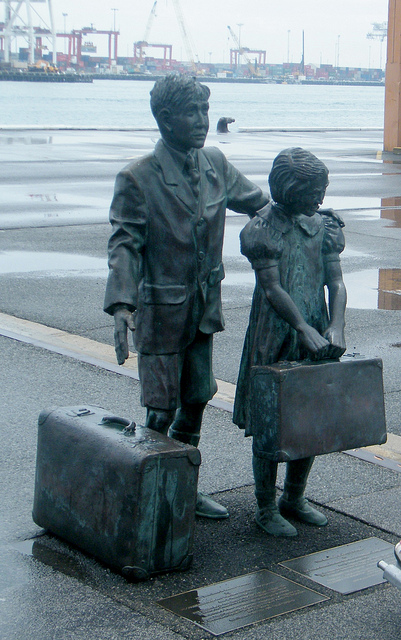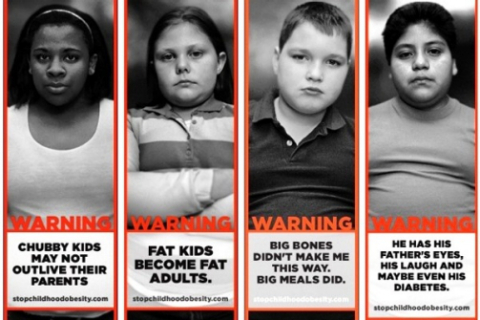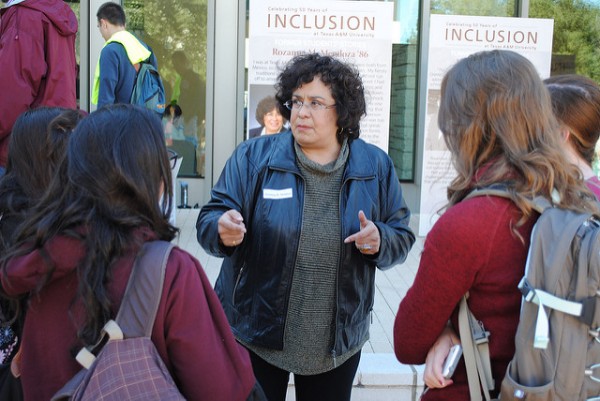Originally published Jan. 13, 2015
A few decades ago, going to college seemed to be the surest route to the American dream, a path to greater opportunity for most young people. Yet today the U.S. system of higher education is evolving into a caste system with separate and unequal tiers. To be sure, more students from all backgrounds attend college and graduate with valuable degrees. But far too many from low-income and middle-class families depart early with no degrees and crippling levels of student debt. U.S. higher education as a whole is increasingly reinforcing rather than reducing class differences—and federal and state government policies need to change course. more...








 Research to Improve Policy: The Scholars Strategy Network seeks to improve public policy and strengthen democracy by organizing scholars working in America's colleges and universities. SSN's founding director is Theda Skocpol, Victor S. Thomas Professor of Government and Sociology at Harvard University.
Research to Improve Policy: The Scholars Strategy Network seeks to improve public policy and strengthen democracy by organizing scholars working in America's colleges and universities. SSN's founding director is Theda Skocpol, Victor S. Thomas Professor of Government and Sociology at Harvard University.